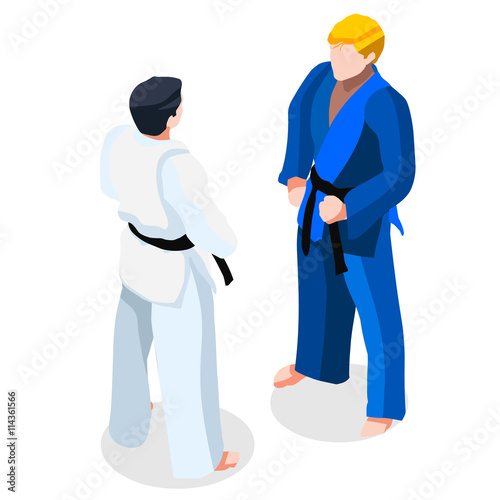Discovering The Distinctions In Between Traditional Martial Arts And Contemporary Battle Sports
Discovering The Distinctions In Between Traditional Martial Arts And Contemporary Battle Sports
Blog Article
Published By-Bright Fink
When you think of martial arts, do you lean much more towards the typical practices or the modern fight sports? which martial arts is right for me supplies unique benefits and experiences, shaped by their approaches and training techniques. Conventional martial arts emphasize individual growth and technique, while contemporary battle sporting activities focus on competition and efficiency. Comprehending these distinctions can lead you in selecting the best technique for your trip. Yet exactly how do these differences show up in training and philosophy?
The Philosophy and History Behind Traditional Martial arts
While lots of people link martial arts with physical combat, the ideology and history behind traditional martial arts run much deeper. You'll discover that these self-controls highlight individual development, discipline, and respect.
Stemming from ancient techniques, conventional martial arts were commonly established for Self-Defense and spiritual development. They symbolize concepts such as balance, consistency, and self-control, guiding practitioners beyond simple fighting abilities.
As you train, you'll not just learn strategies yet also acquire understandings into the culture and worths that formed these arts. The rituals and customs, usually passed down through generations, cultivate a sense of neighborhood and belonging.
The Affordable Nature of Modern Battle Sports
Modern battle sporting activities have transformed the landscape of martial arts right into a highly affordable sector, where professional athletes take on in an examination of ability, approach, and endurance.
You'll discover that competitors are usually arranged with strict policies and policies, guaranteeing fair play and safety. These occasions attract large audiences, sustaining the exhilaration and strength of competitions.
https://www.spieltimes.com/news/how-to-watch-baki-in-order-a-complete-guide-for-the-ultimate-martial-arts-anime/ educate rigorously, not just for physical prowess however likewise for psychological sturdiness, knowing that every information counts in the ring. The adrenaline rush throughout competitors is apparent, as fighters press their restrictions to assert success.
Fans value the athleticism and virtuosity involved, making modern-day combat sports a thrilling spectacle that continues to develop and mesmerize enthusiasts around the globe.
Training Techniques and Methods: A Relative Analysis
The competitive ambience of modern combat sports demands cutting-edge training techniques that vary significantly from standard martial arts.
In modern training, you'll focus on specific techniques, sparring, and conditioning, often using drills that imitate genuine battle situations. You'll see an emphasis on quantifiable performance and constant competitors to examine your abilities.
In contrast, traditional martial arts focus on types, katas, and philosophical teachings, frequently stressing technique and regard over competition.
Training is normally much less intense and may entail repetitive practice rather than real-time sparring.
While both techniques develop skill and physical fitness, modern fight sporting activities offer an extra dynamic and adaptable training atmosphere, preparing you for instant challenges in the ring or cage.
Choose the course that straightens with your objectives and passions.
Final thought
In choosing in between standard martial arts and modern-day battle sporting activities, it really comes down to what you value a lot of. If you're searching for personal growth, discipline, and a sense of neighborhood, standard arts may be your best fit. However if you flourish on competition and real-time obstacles, contemporary combat sporting activities could be the way to go. Ultimately, both courses provide unique advantages, so it's everything about aligning your training with your individual objectives and rate of interests.
